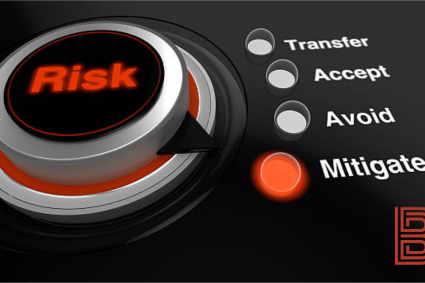
It’s essential for investors seeking to balance returns with acceptable levels of risk. The main components and types of portfolio risk management include:
Components of Portfolio Risk Management:
Risk Identification:
This involves recognizing potential risks that may affect the portfolio. These risks can range from market risks (e.g., interest rates, inflation) to operational risks (e.g., liquidity issues).
Risk Measurement:
After identifying the risks, it’s crucial to quantify them. This includes calculating the potential impact of risks using metrics like Value at Risk (VaR), Beta, or standard deviation. These metrics help investors understand the volatility and the likelihood of losses.
Risk Mitigation:
This stage focuses on developing strategies to reduce or control risks. Diversification (investing in different asset classes), hedging (using derivatives like options or futures), and insurance are common mitigation methods.
Monitoring and Reporting:
Continuous monitoring ensures that the risk levels remain within acceptable thresholds. Frequent reporting allows investors to make informed decisions based on the portfolio’s risk exposure.
Types of Portfolio Risk:
Market Risk:
The risk of losses due to changes in market conditions, such as stock prices, interest rates, or currency fluctuations. It’s often measured through Beta, which indicates how sensitive the portfolio is to market movements.
Credit Risk:
The risk that a borrower will default on a loan or a bond issuer will not meet their obligations. This type of risk is more relevant for fixed-income portfolios.
Liquidity Risk:
This arises when an investor cannot buy or sell assets quickly without affecting their price.
Inflation Risk:
The danger that inflation will erode the real returns of investments. Assets such as bonds, particularly long-term bonds, are vulnerable to this risk.
Operational Risk:
Risks related to failed processes, systems, or external events, including fraud, legal issues, and technology failures, can impact a portfolio’s performance.
Concentration Risk:
The risk associated with a lack of diversification in a portfolio. Overexposure to a particular asset class, industry, or geographic region increases this risk.
Currency Risk:
For portfolios exposed to foreign markets, fluctuations in exchange rates can lead to gains or losses, depending on the strength of the currency in which the investments are denominated.
Effective portfolio risk management requires a balance between risk and reward, employing tools and strategies to ensure that risks are appropriately managed while maximizing potential returns.
WWW.BARETZKY.NET




















